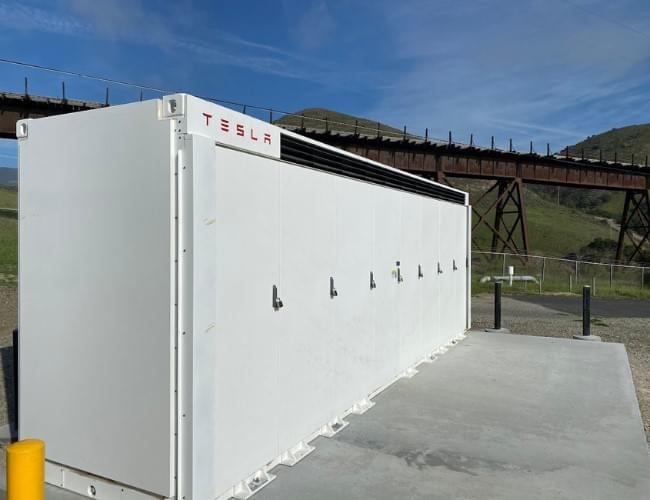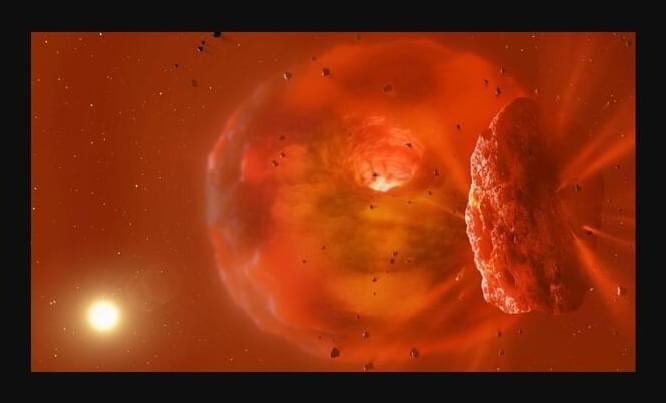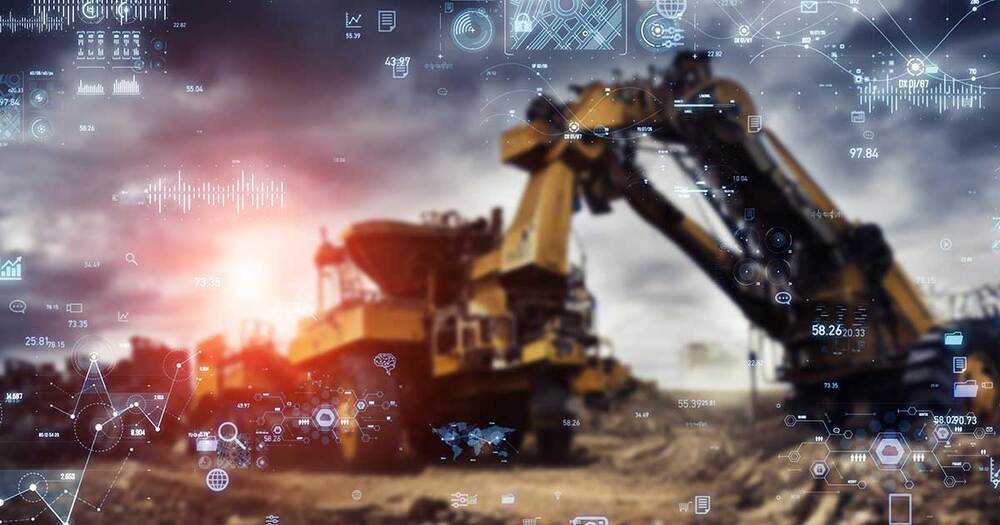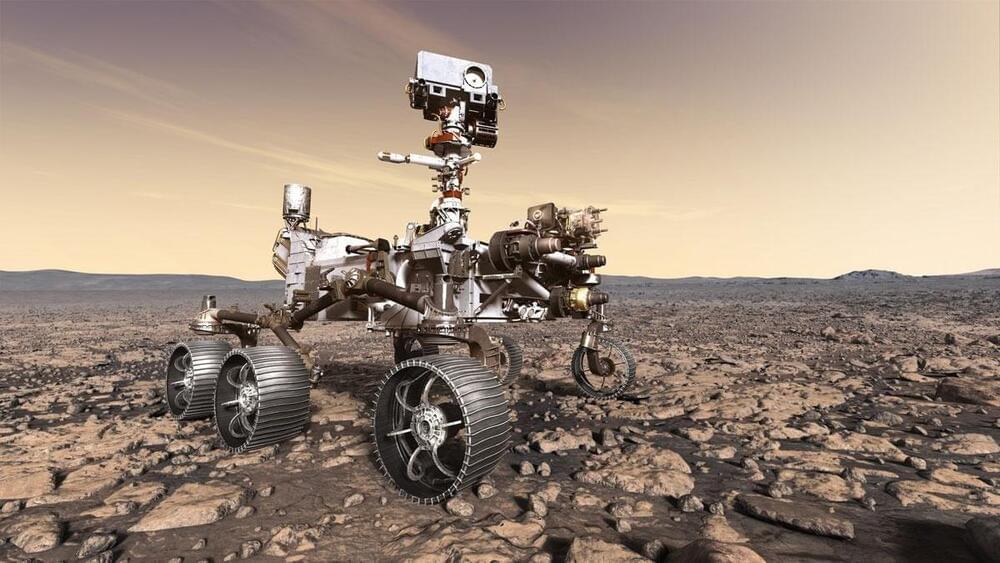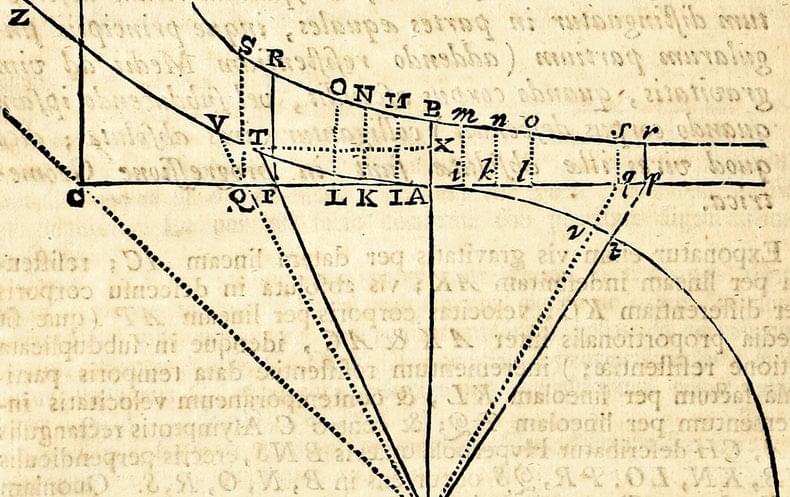A new Tesla Megapack has been installed at a water treatment plant in San Luis Obispo, California, according to a new report.
The City of San Luis Obispo installed a Tesla Megapack energy storage unit at its water treatment facility, as reported by Paso Robles Daily on Monday. The battery is part of the city’s commitment to “leading by example in climate action work” and its initiative to reach carbon neutrality on city operations by 2030.
“The installation of the Tesla battery system at our water treatment plant is a testament to our city’s commitment to sustainability, innovation, and resilience. I’m proud of the work our team has done to make this vision a reality,” said City Utilities Director Aaron Floyd.
